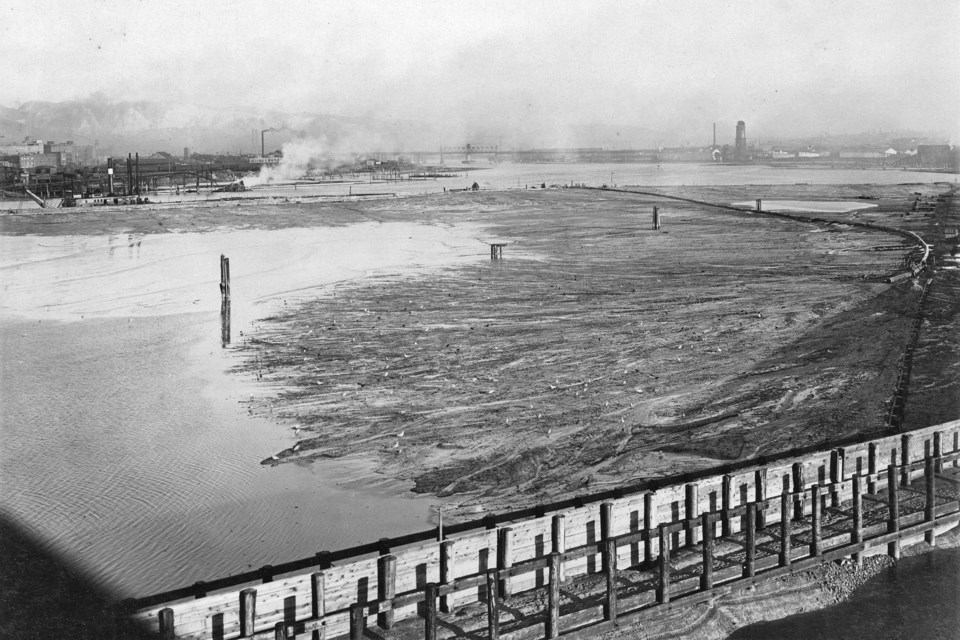Granville Island may be one of the city's most popular tourist sites now, filled with artisans and interesting foods, but it has gone through a massive transformation in the last 110 years.
Many know it was industrial land for decades (for a short period it was even known as Industrial Island), home to all sorts of things, from rope making to lumber mills to the concrete manufacturer which has been there for over 100 years.
In fact, Ocean Concrete set up shop as Granville Island was going through its biggest change, as a massive dredging effort turned what was a sand bar used by local Indigenous people for fishing into the landmass we know now on the southern shore of False Creek.
These photos show some of that transition, from the building of the walls to the final buildings on the waterfront.
Vancouver's lumber industry is well represented in the images, with sawmills and lumber yards clear in many photos. Lumber was a huge driver in Vancouver's economy at the time; in one photo boards are stacked the height of a tall two-story building, and there are many stacks.
An early Granville Street Bridge seen in these photos; it's actually the second bridge to carry the name, as an earlier version was only around from 1889 to 1909. The one in these photos lasted from 1909 until the 1950s.
While Granville Island still has some hints of its industrial past, it's been transitioning into what we know now for decades, with the market opening up in 1979 and Emily Carr University moving in 1980.




